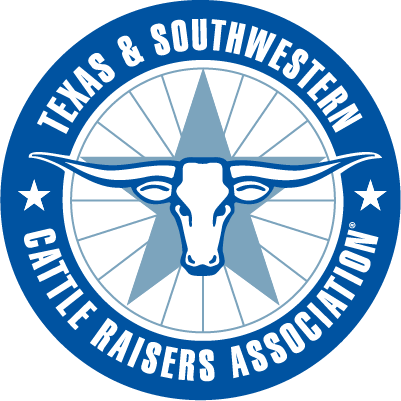Source: Texas Parks and Wildlife Department
Quail live on the edge. In lean years when weather and habitat conditions conspire against them, the birds hunker down and then when things are right their numbers explode. Experts refer to this in simple terms, “boom or bust.”
This is the year of the boom.
Hunting season opens Saturday statewide and continues through Feb. 26, with prospects in most of Texas quail country the brightest in many years.
“If you took a ride across the core quail hunting regions today, it would be hard to imagine the terrible conditions brought on by the extreme droughts of 2010 – 2013 that hit Texas, Mexico and the Southeastern U.S. so hard,” said Robert Perez, upland game bird program leader for the Texas Parks and Wildlife Department (TPWD). “Consecutive years of dry summer and winter conditions are especially problematic for short-lived birds like quail because they rely on each year’s crop of young to replenish the population. By the same token, consecutive years of above average rainfall and lower than average summer temperatures can produce quail ‘boom’ years.”
That’s exactly what has happened in the Rolling Plains, South Texas and Trans Pecos regions of Texas where both bobwhite and scaled quail (a.k.a. blue quail) have made a remarkable comeback. Much of the latest rebound can be attributed to the habitat as there are millions of acres of rangelands in these regions where the most common land use – livestock production – is generally compatible with quail. Good land stewardship and proper grazing are important to the persistence of these highly prized game birds, according to Perez, but even the best conservation efforts cannot overcome long-term exceptional drought.
“It’s important to recognize that bobwhite quail have all but disappeared from other regions of our state due to extensive changes in the quantity and quality of available habitat,” he explained. “TPWD is diligently working with conservation partners and land stewards within key quail focus areas to demonstrate that bobwhites can make a comeback. If we provide the habitat needs at a large enough scale to support viable populations, restoration is possible.”
Statewide surveys were initiated in 1978 to monitor quail populations. This index uses randomly selected, 20-mile roadside survey lines to determine annual quail population trends by ecological region. This trend information helps determine relative quail populations among the regions of Texas.
Comparisons can be made between the mean, or average, number of quail observed per route this year and the long term mean (LTM) for quail seen within an ecological region. The quail survey was not designed to predict relative abundance for any area smaller than the ecological region.
This year’s ‘boom’ is reflected in the survey, which showed record high bobwhite counts in the Rolling Plains region and healthy populations in South Texas, as well as near record highs for scaled quail in the Trans Pecos. The only region seeing a downward trend this year, the Coastal Prairies, suffered untimely flooding conditions that hurt nesting success.
A regional breakdown of this year’s TPWD quail index survey, including highlights and prospects, is available online at tpwd.texas.gov/huntwild/hunt/planning/quail_forecast/forecast/.
The daily bag limit for quail is 15, with 45 in possession. Legal shooting hours for all non-migratory game birds are 30 minutes before sunrise to 30 minutes after sunset. The bag limit is the maximum number that may be killed during the legal shooting hours in one day.
PO BOX 101988
FORT WORTH, TX 76185
1-800-242-7820
© 2023 Texas & Southwestern Cattle Raisers Association; All Rights Reserved.
